Posted in Beach, Beauty, General, God Thoughts, Outdoors, Photo, Travel, tagged Beach, Beauty, Florida, God Thoughts, Nature, Photos, Travel on July 3, 2018|
2 Comments »
I like the beach. I like the mountains better. I like change of pace, newness, different, interesting. It is the beach this summer since I have to go there four times this summer for training. I don’t really get to spend large amounts of time at the beach (which is OK (See sentences 1 and 2.)), but it has been enough mostly because it has been varied and beautiful.

Sunset at Sand Key Park, Clearwater, FL
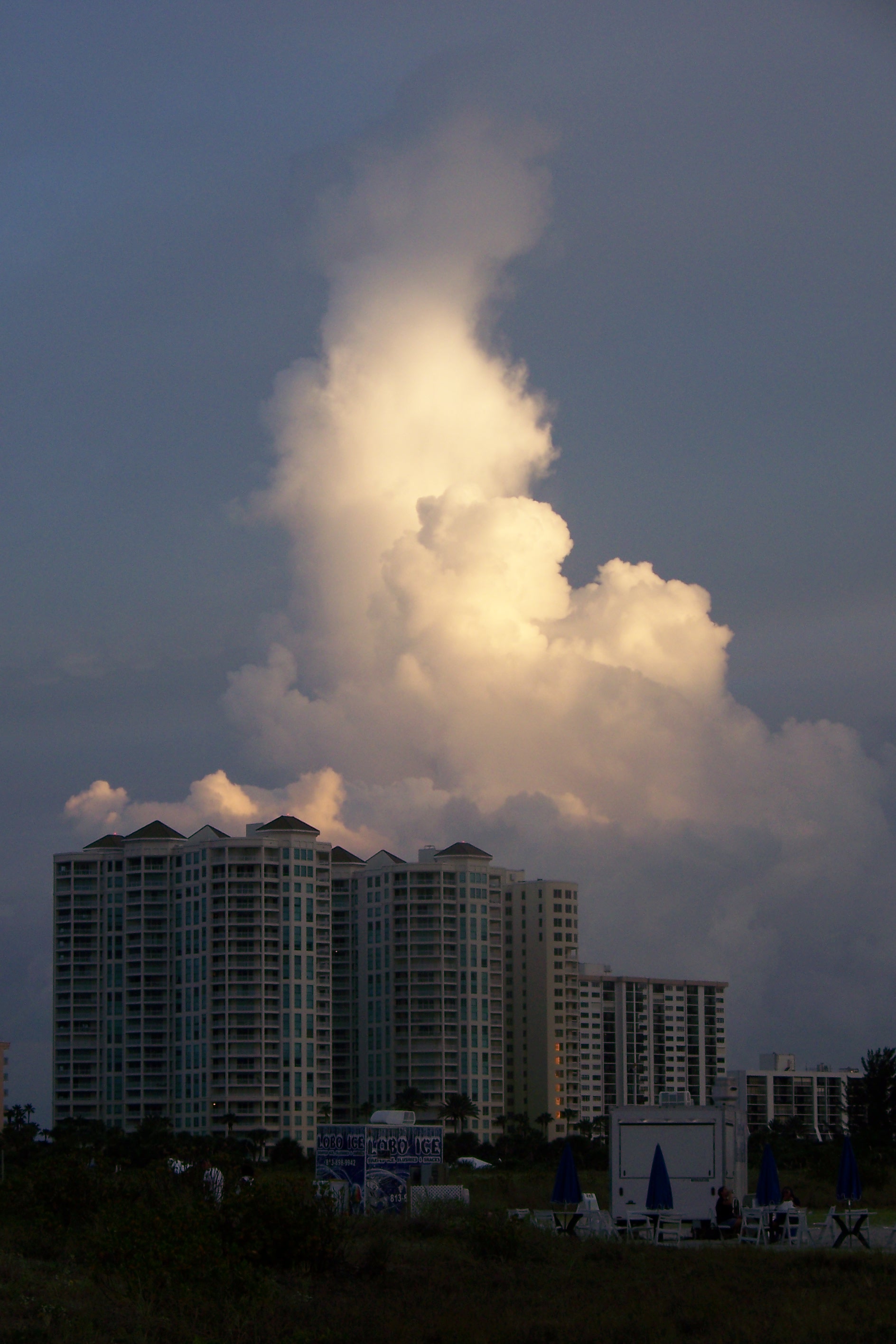
Almost looks like smoke coming out of chimneys

Small craft upon the main
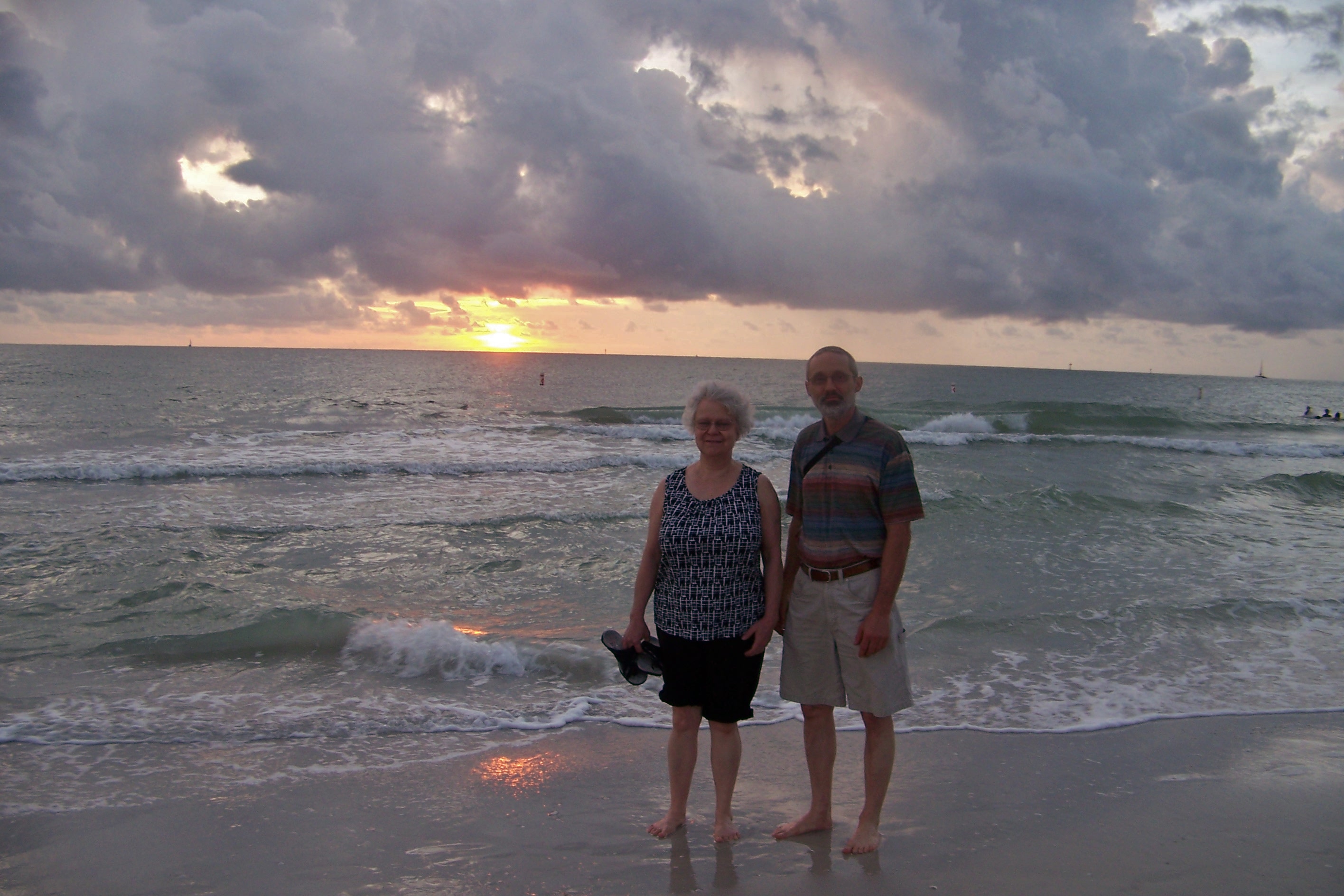
The sunset years?

A moment of quiet contentment
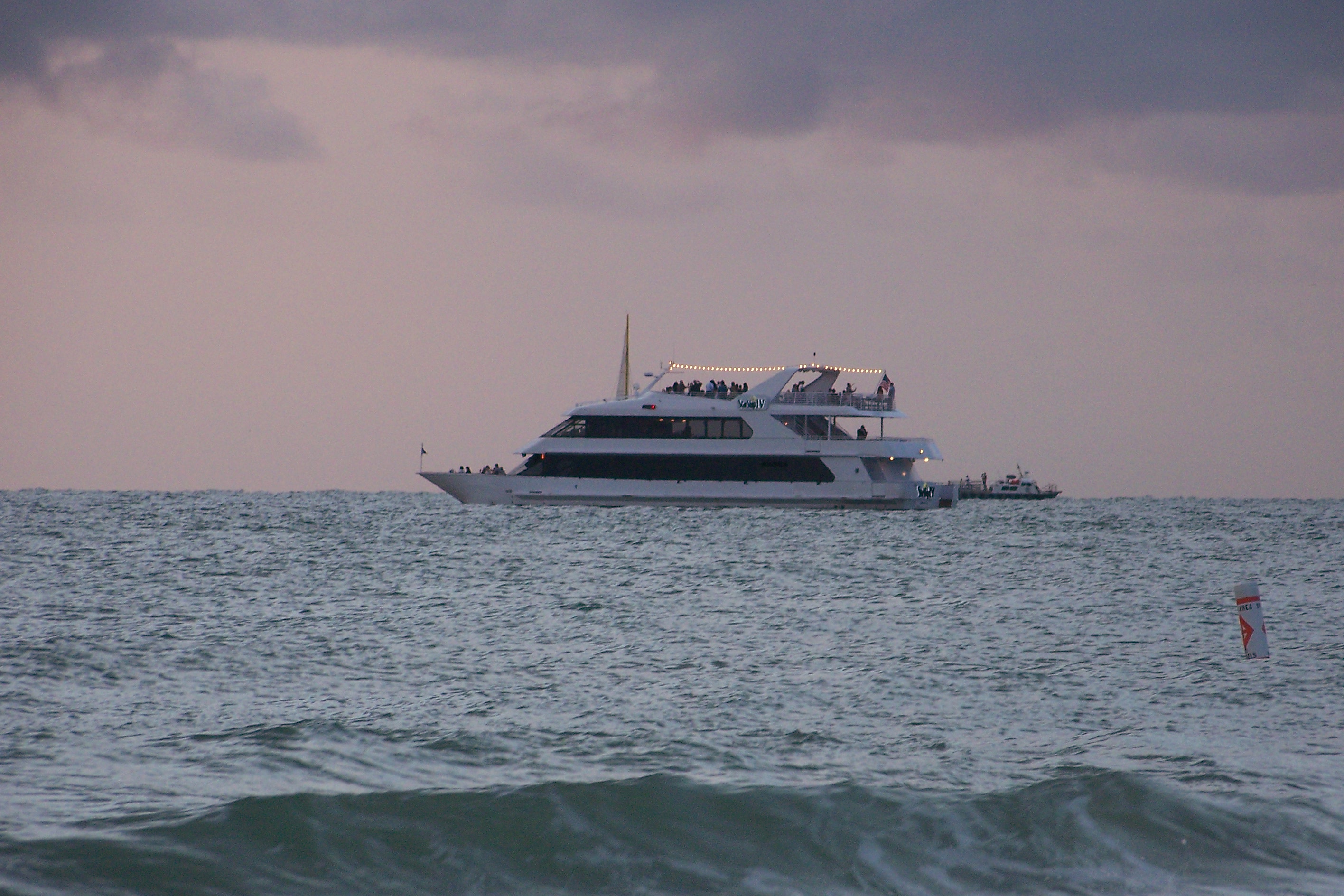
Real crusin’

Practicing or Protecting or Both

The warm glow and cool breeze

This scene reminds me of a William Cowper hymn (see below)
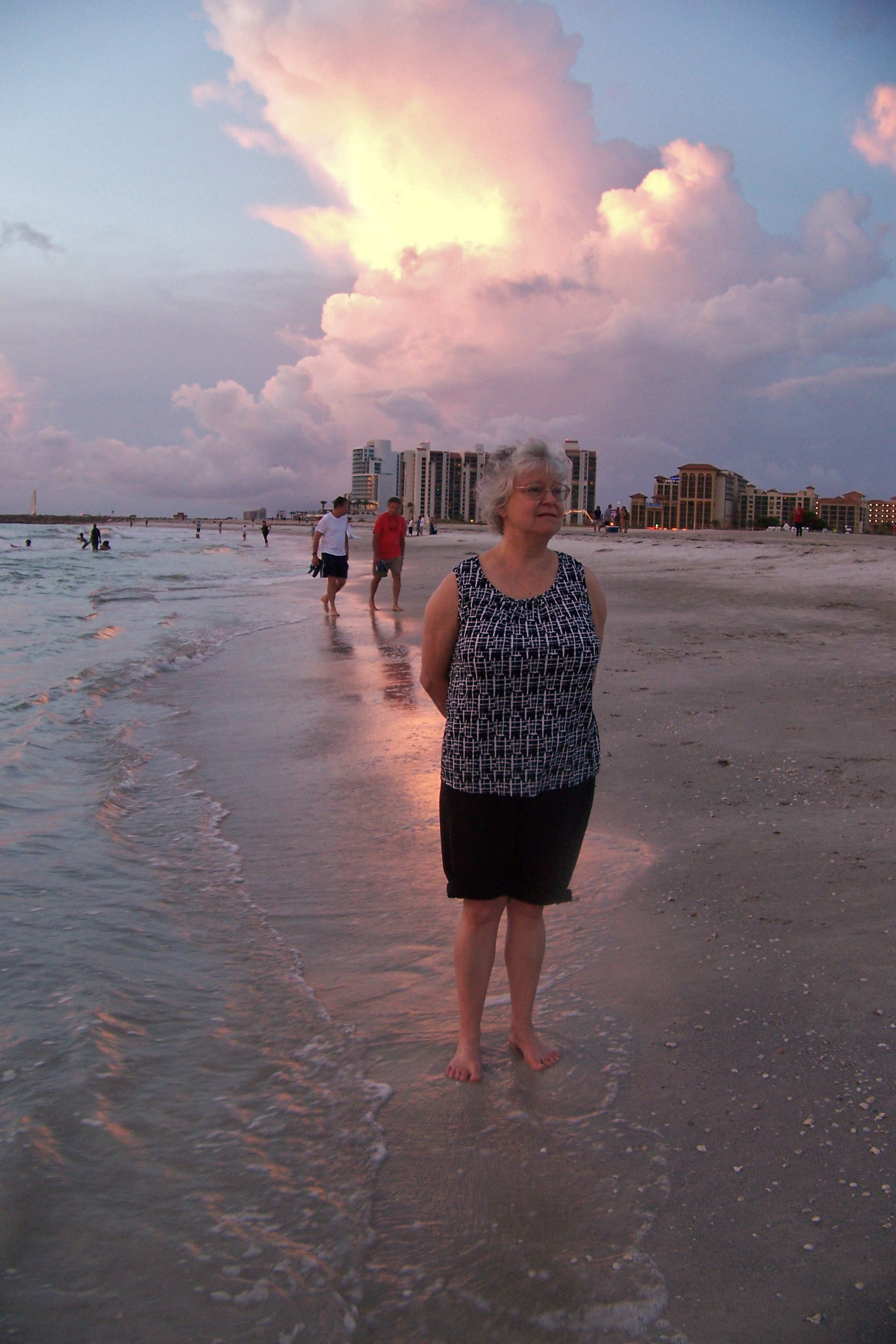
Taking it all in

Glow

Afterglow

The Airbnb where we stayed

Eyeing each other

Florida Softshell Turtle (A. ferox)

Shade is good

House of William Horton

Ready to make a stand

Hiding out in the shade

It’s alive

Driftwood Beach, Jekyll Island, GA

Old Plantation Live Oak

Sidney Lanier Bridge
Following is the hymn by William Cowper that I referred to in the picture caption above. When all you see is the rain pelting down, remember both that it waters the soul and bespeaks of God’s kind and bright mercy:
God moves in a mysterious way
His wonders to perform;
He plants His footsteps in the sea,
And rides upon the storm.
Deep in unfathomable mines
Of never-failing skill
He treasures up His bright designs,
And works His sovereign will.
Ye fearful saints, fresh courage take,
The clouds ye so much dread
Are big with mercy, and shall break
In blessings on your head.
Judge not the Lord by feeble sense,
But trust Him for His grace;
Behind a frowning providence
He hides a smiling face.
His purposes will ripen fast,
Unfolding every hour;
The bud may have a bitter taste,
But sweet will be the flower.
Blind unbelief is sure to err,
And scan his work in vain;
God is His own interpreter,
And He will make it plain.
The glow of the sunset high up in the clouds is exhilarating. You most usually can’t see thunderstorms from a distance and entirely in the wooded mountains where I live. The beach affords a wide view. You can watch the rain and lightning and billowing heights and still get to your car before it hits. Frequently in the woods a thunderstorm is on top of you before you know it. Reflection upon God is similar; it requires distance from all that obscures reflection on Him. We need to find perspectives from Scripture, in meditation, surrounded by quiet, reflecting on God’s providence in our circumstances in order to again absorb His beauty and peace in our hearts.
William Horton came to Jekyll Island in 1736 with a land grant of 500 acres, 50 of which was supposed to be in cultivation within 10 years for him to retain the deed. This ‘big house’ was, no doubt, built years after first arriving. There are many more big houses of the rich who owned most of the island in the late 1800’s until WWII when it was evacuated. In 1947, Georgia acquired the whole island and administers it as a state park with natural, historic, and commercial areas. It seems to have a good balance. We may have much to learn by this experiment about how to administer other parts of the planet sustainably. We are, afterall, stewards on God’s behalf, and not owners of this Earth.
There was an old plaque under the ‘Old Plantation’ Live Oak that must have been at least 50 years old. It said the tree was estimated to be 350 years old. That means it was a fair-sized tree when William Horton arrived, very possibly a young tree when the settlers came to Jamestown, and definitely a maturing tree when the Declaration was signed. It helps to withstand the hurricanes that must have hit over time that the branches grow back to the ground to support the whole tree and that the tree grows on the inland side of the island. I want to be an oak firmly planted by the waters of His grace (Psalm 1).
The Sidney Lanier Bridge that spans the Brunswick River was named after the former bridge, which was named after the Georgian musician and poet of the Civil War era. The bridge is cable-stayed where all deck supporting cables come straight from the towers as opposed to a suspension bridge where the cables hang vertically from larger cables hanging in a catenary between towers. More frequently the cable-stayed design is used now because it is lowered cost initially and maintenance than a suspension bridge and now possible for long spans with new, large equipment to set it up. Man loves to design and order things, a characteristic that points to God’s image in him.
All of creation from thundercloud to beach to ancient tree to crab to the designs of mankind give glory to the Great Designer-Beautifier God, Our Creator. We may take great joy in enjoying and working in His grand terrarium/aquarium (Earth). He has put us here to acknowledge Him in doing so.
Read Full Post »






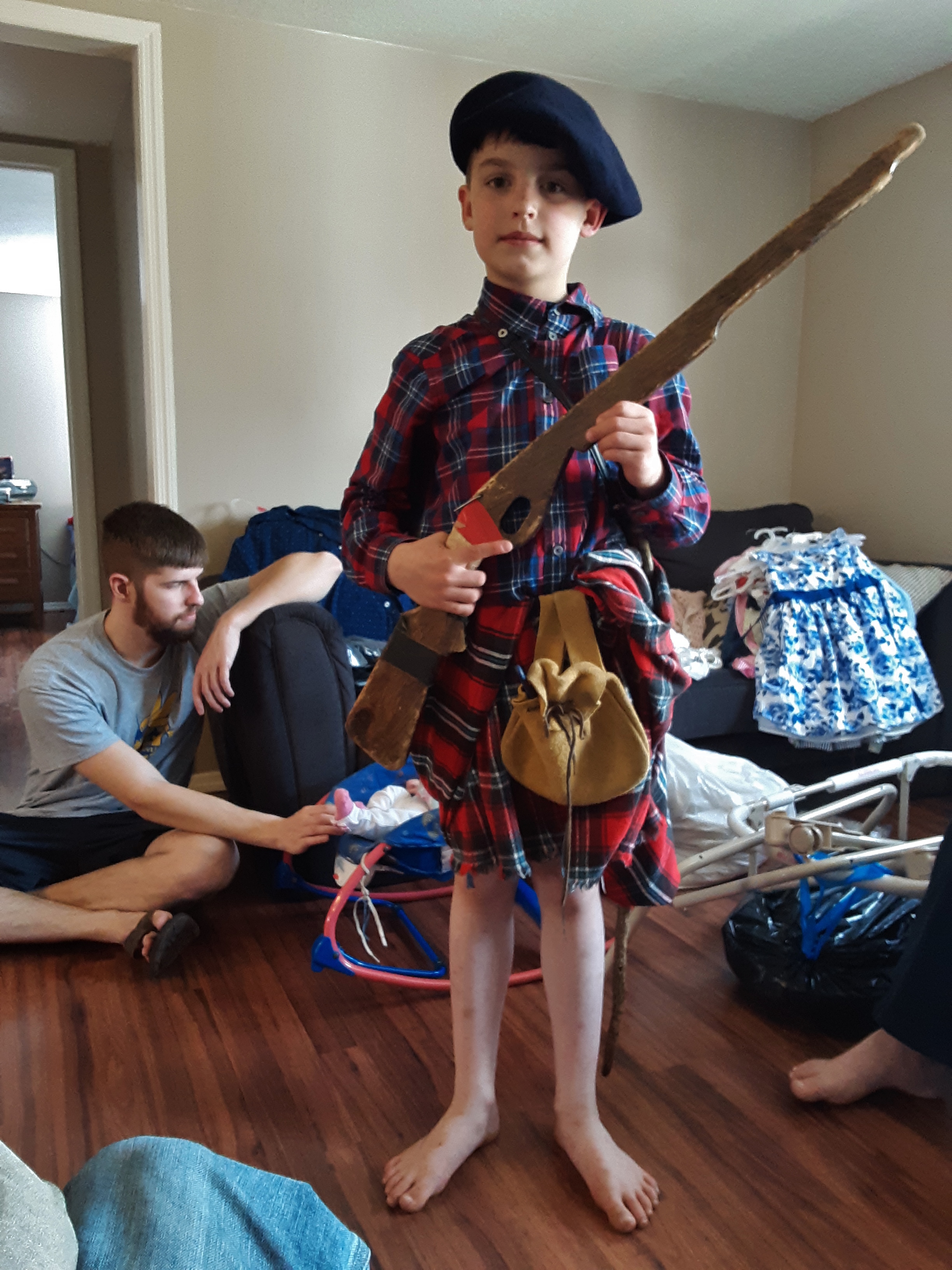


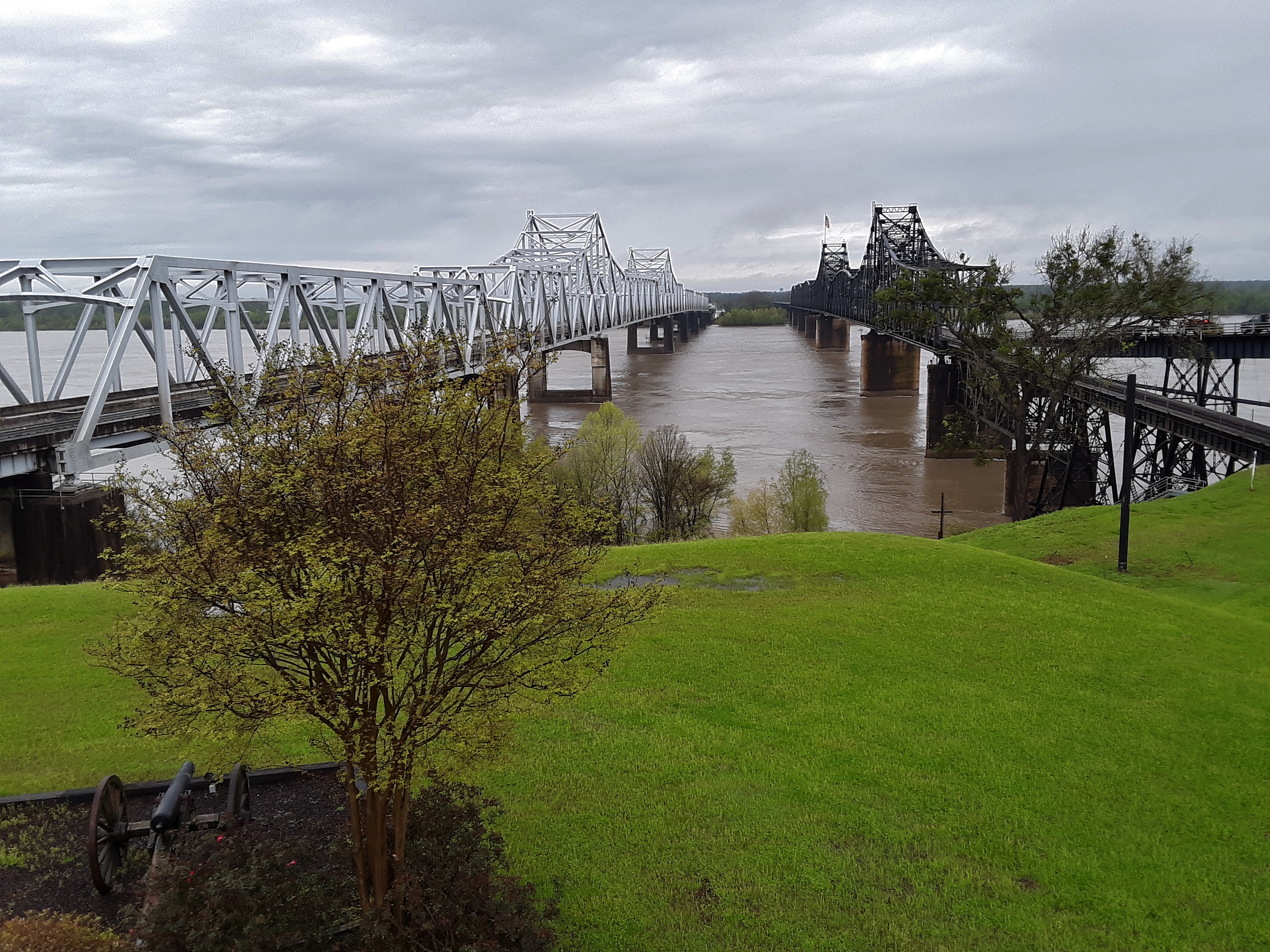




















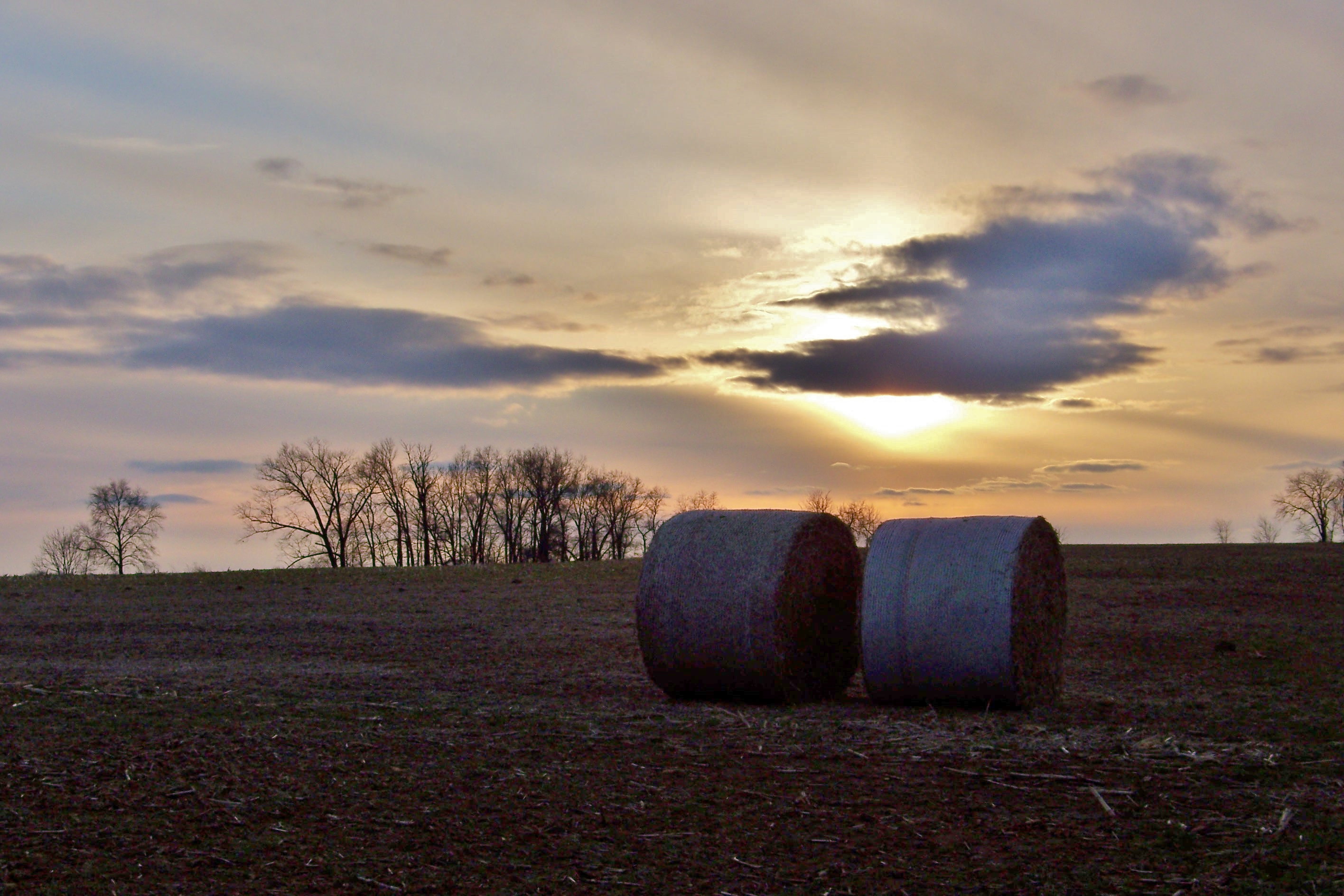





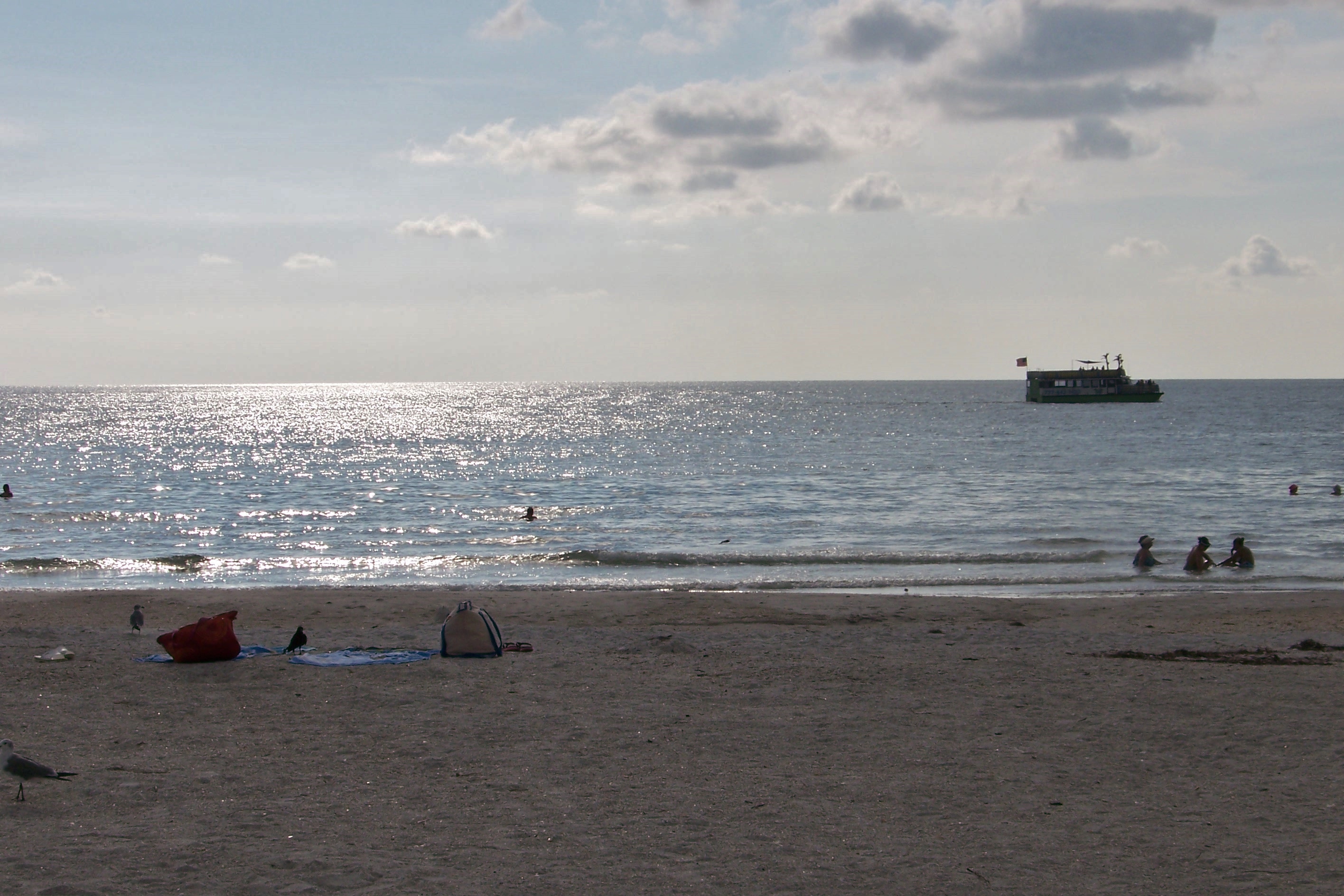
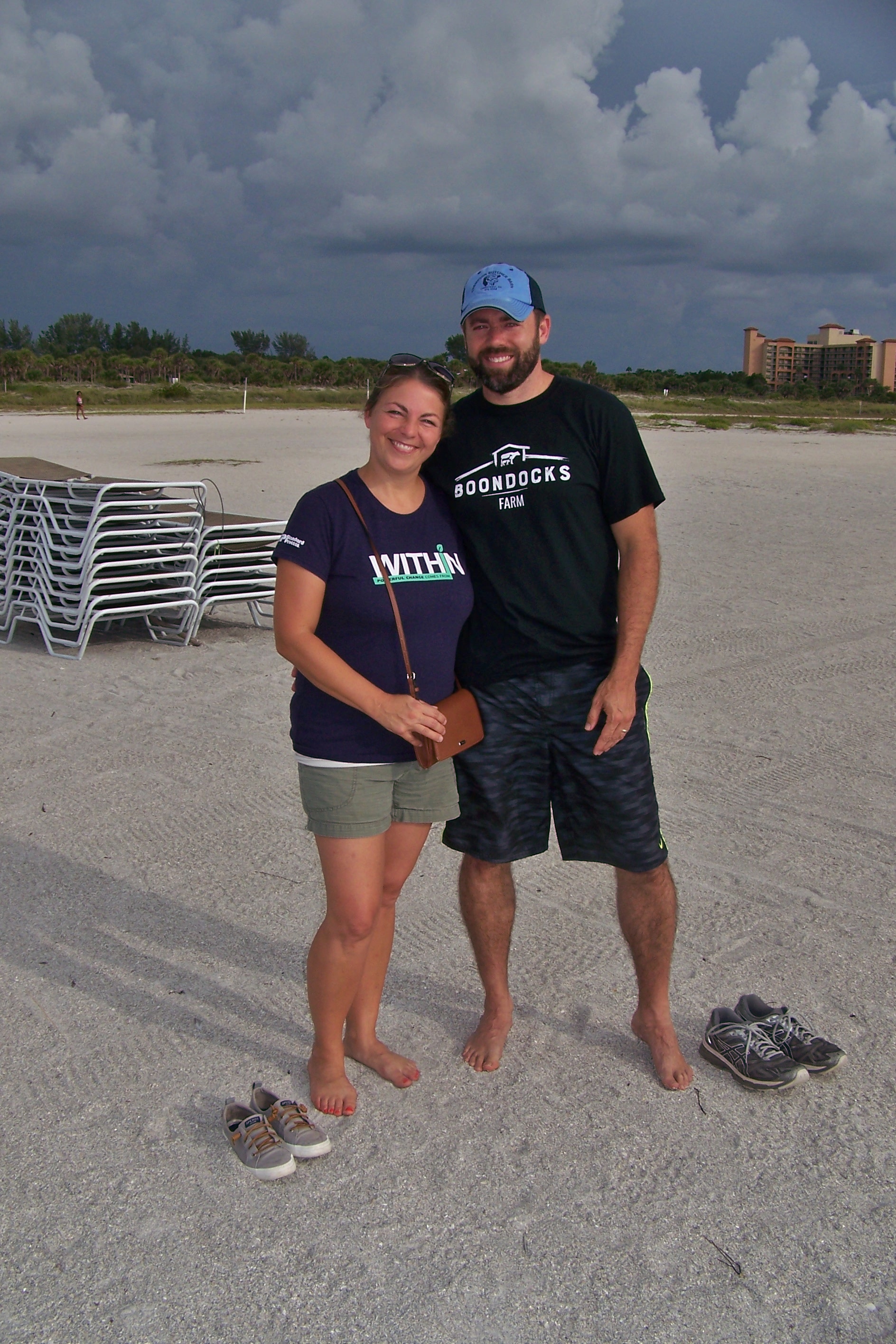

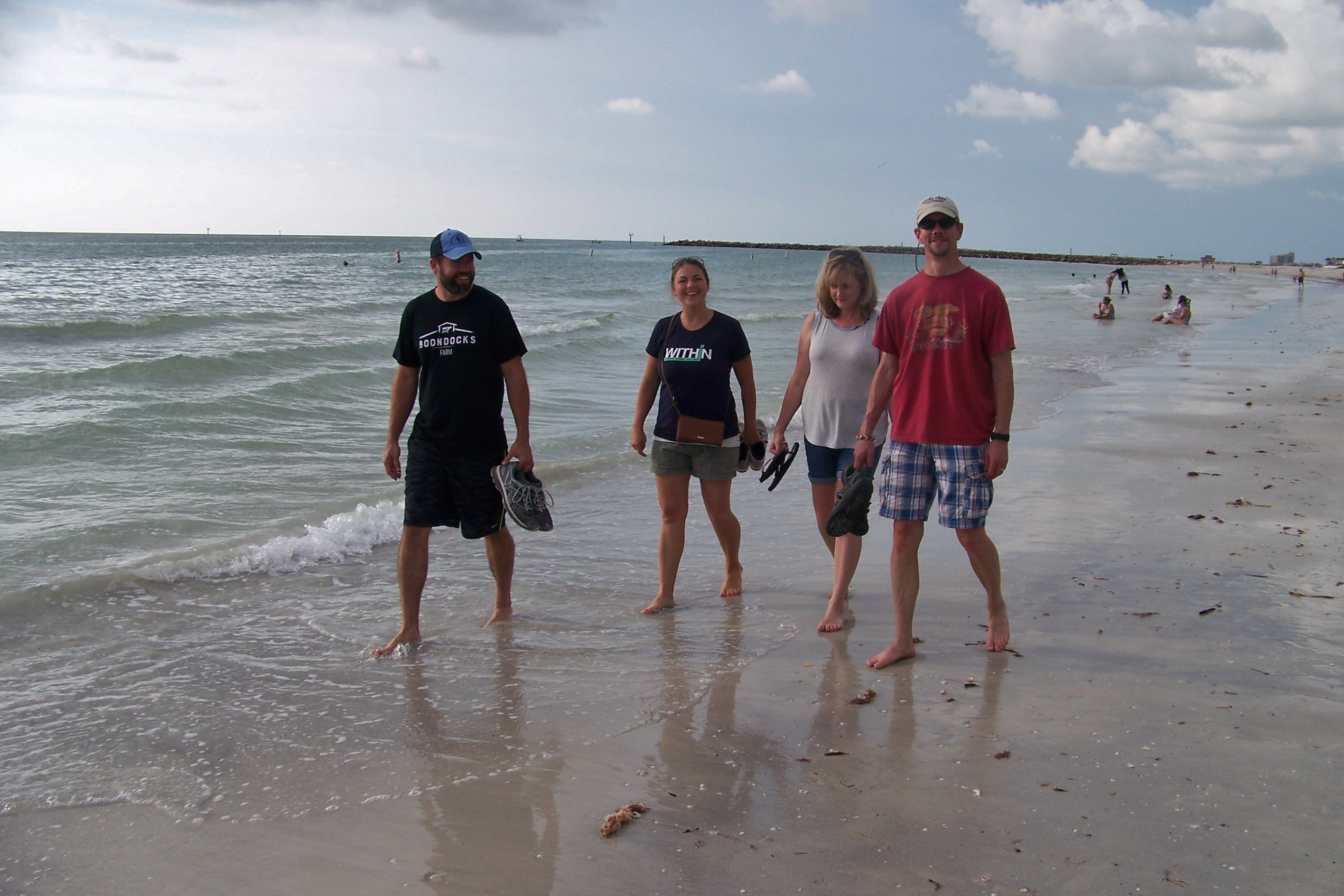


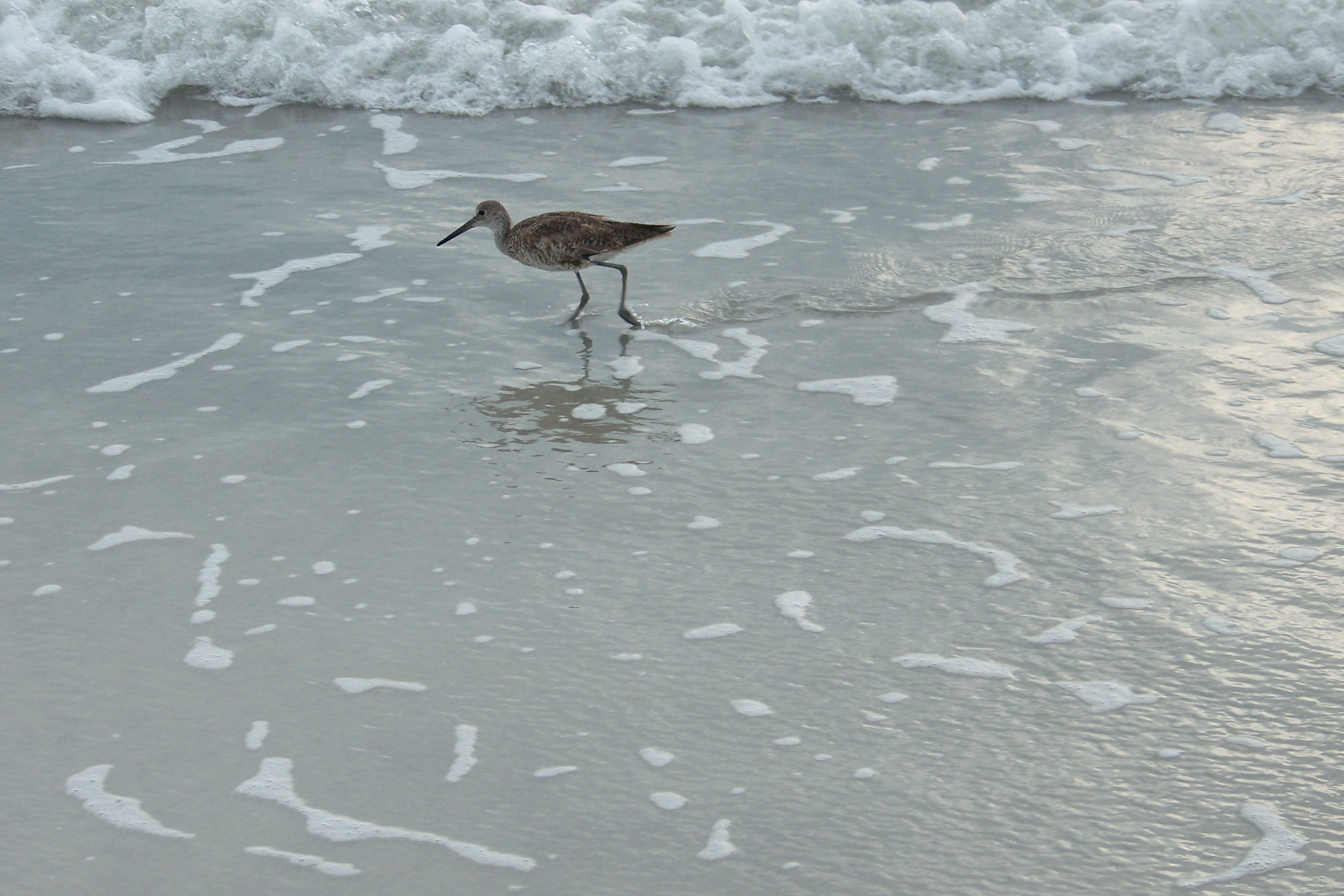

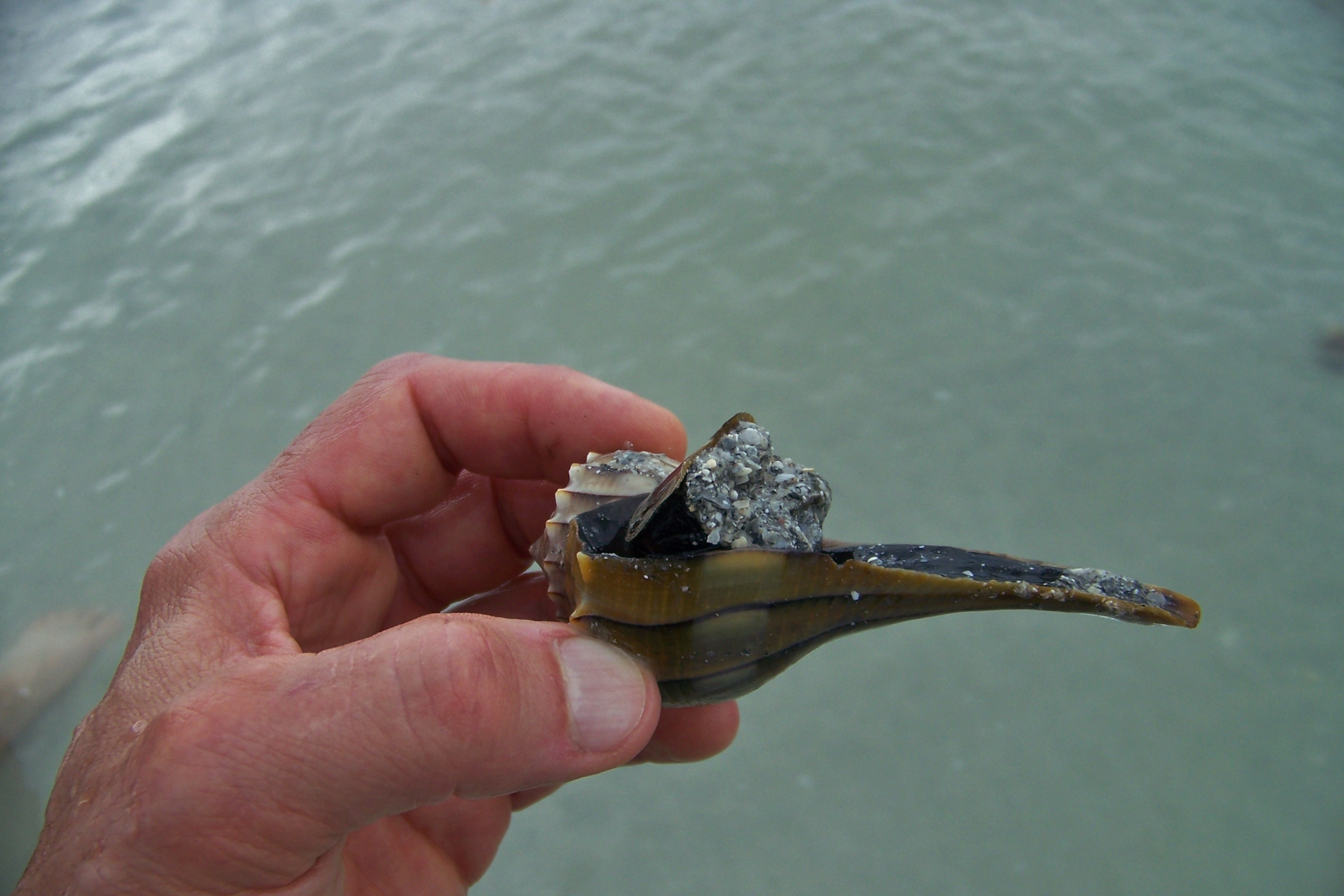

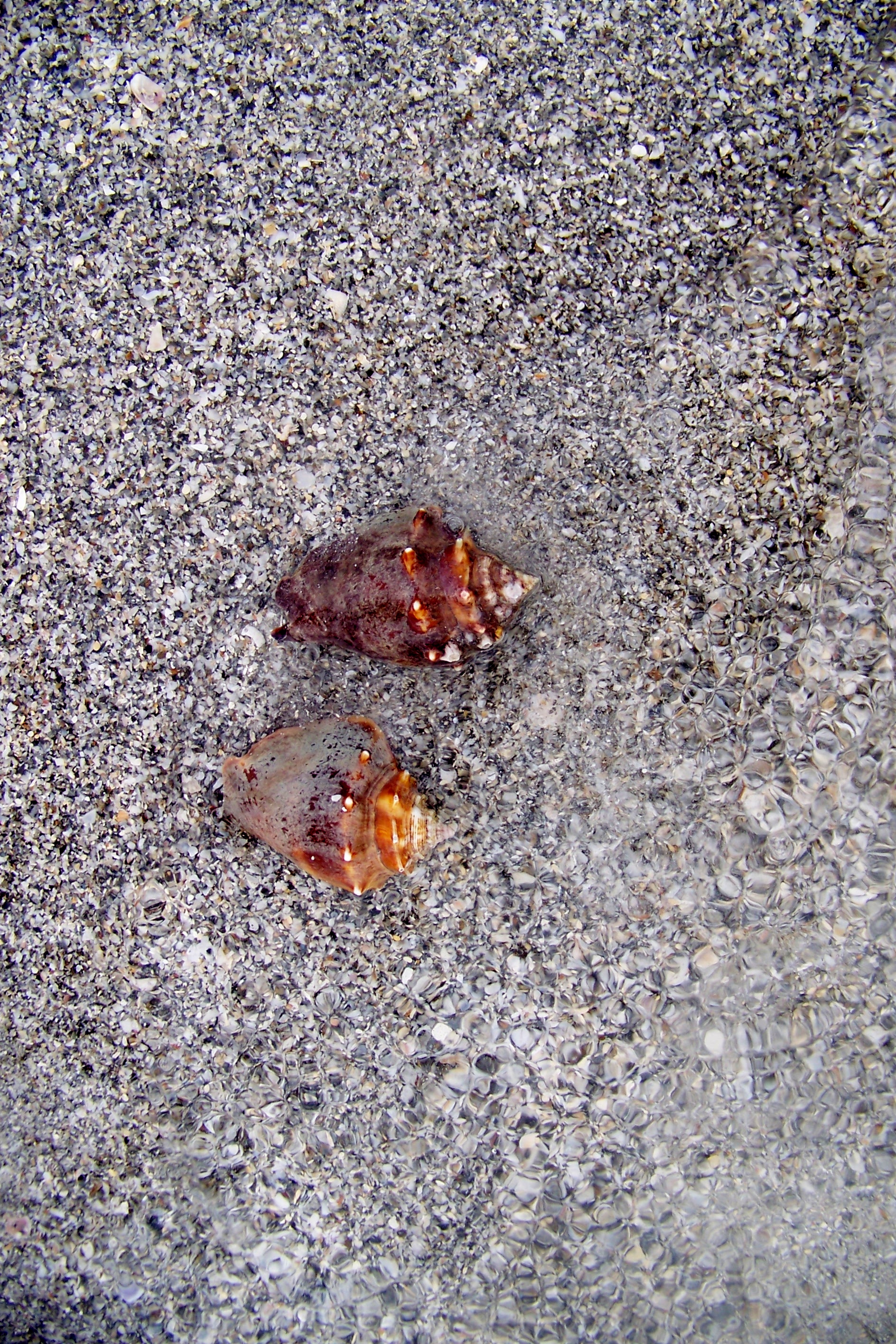






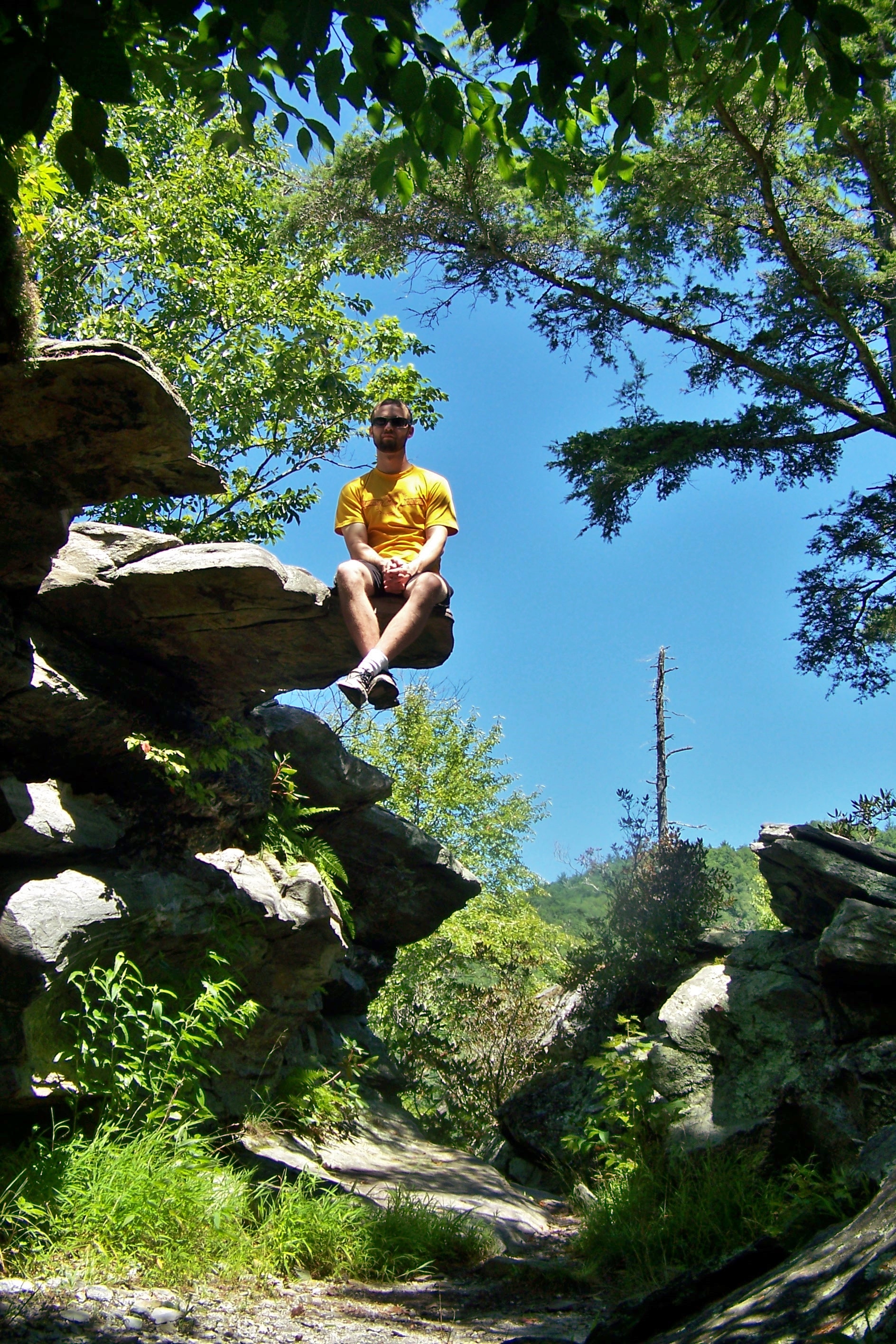






































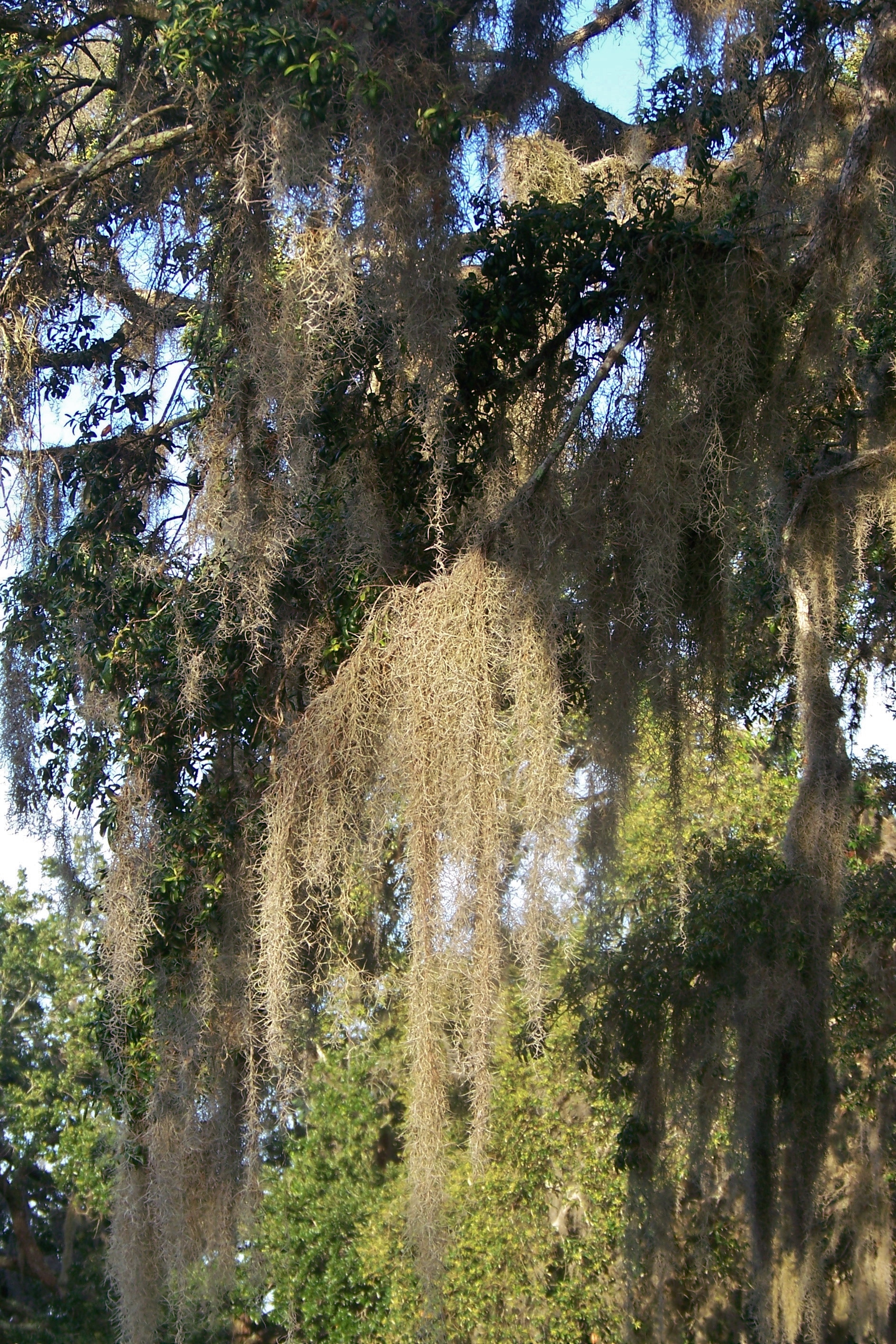



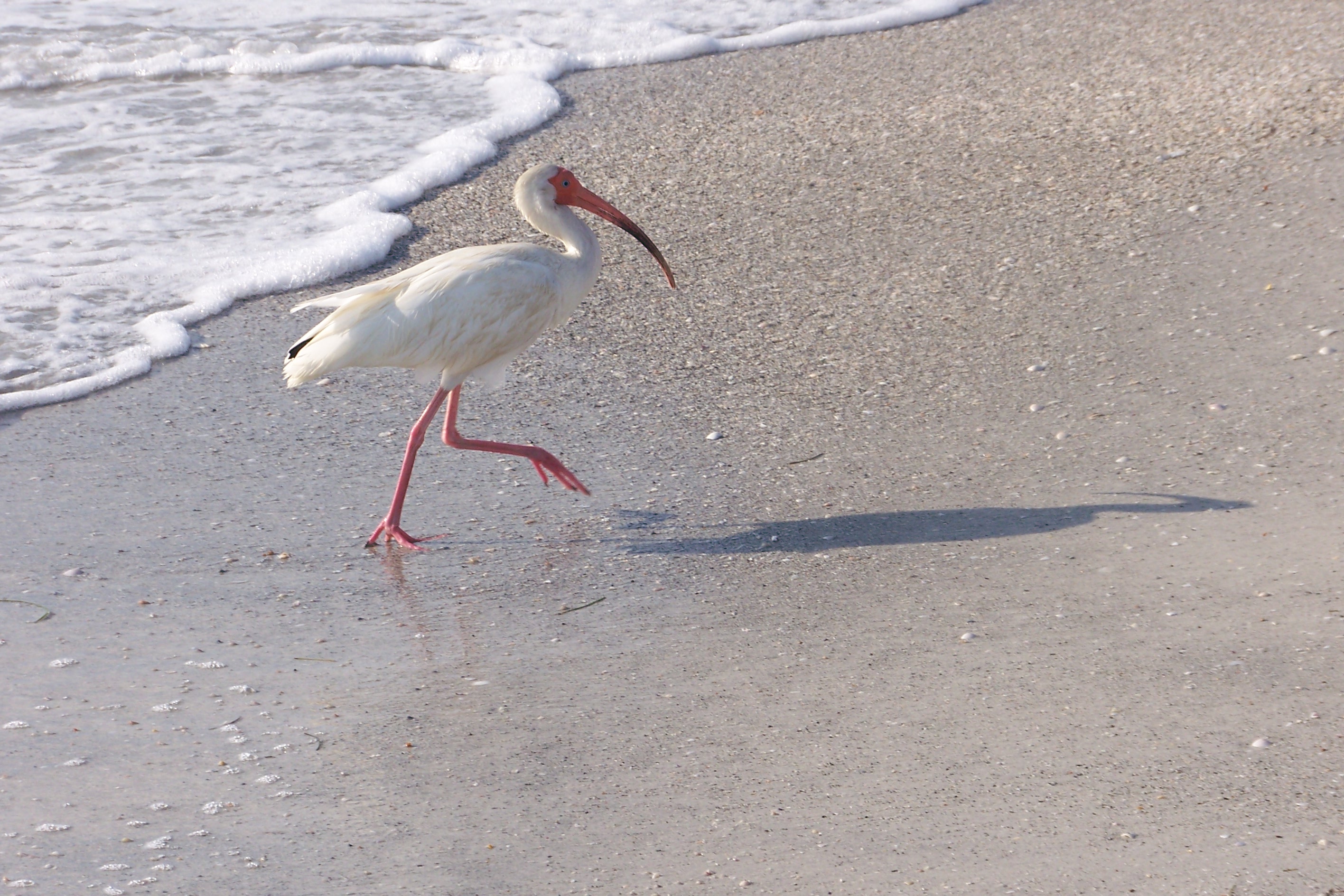

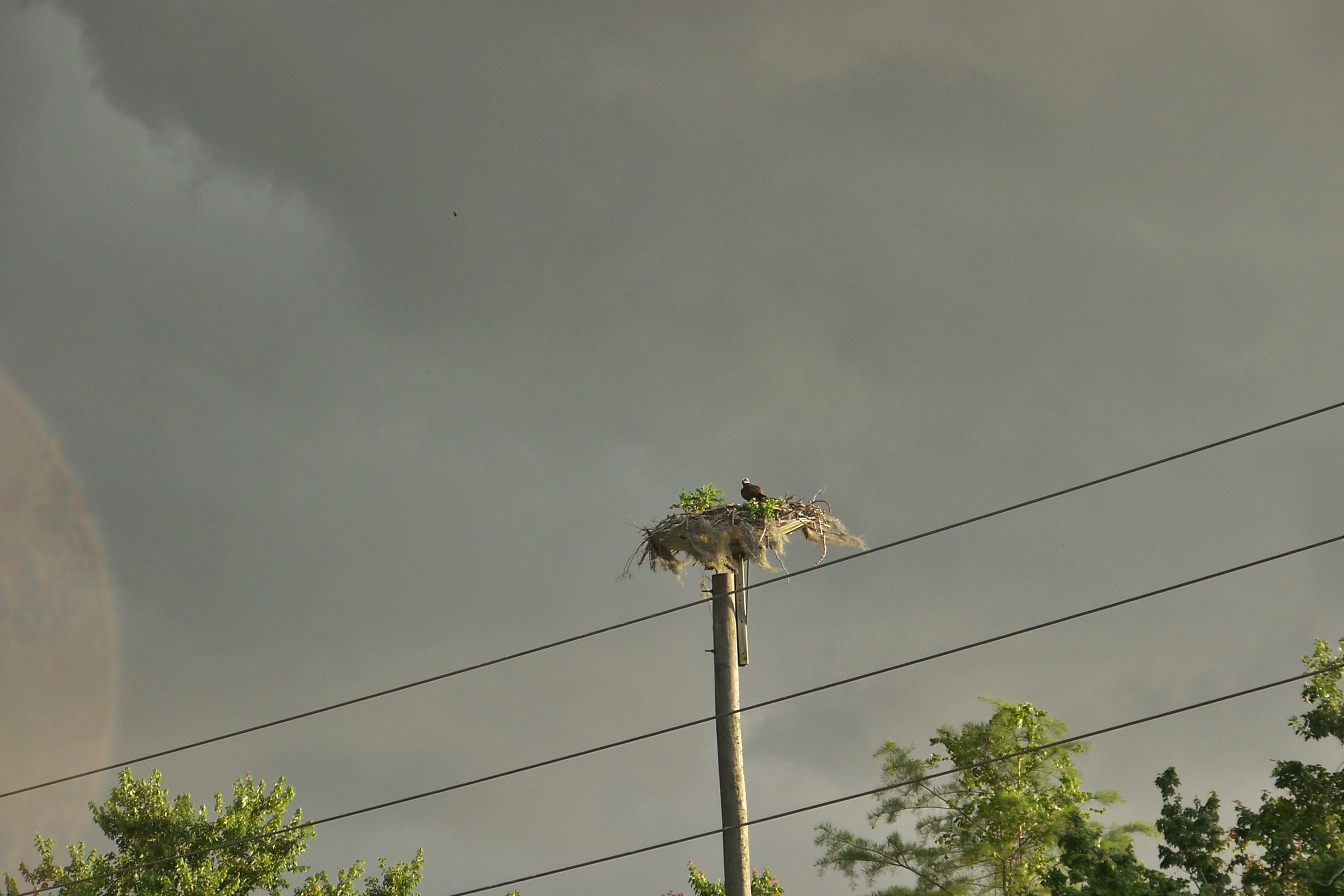
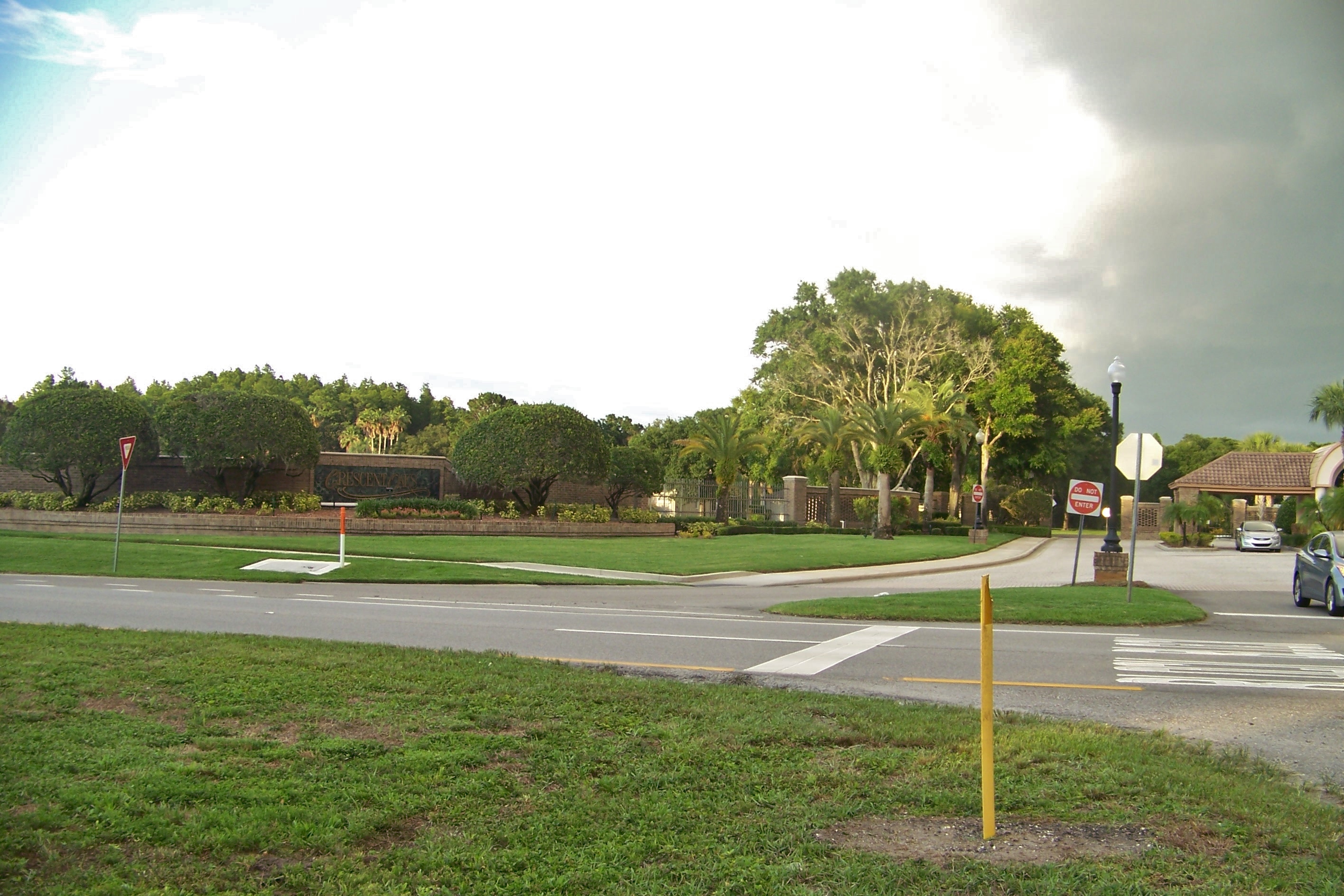



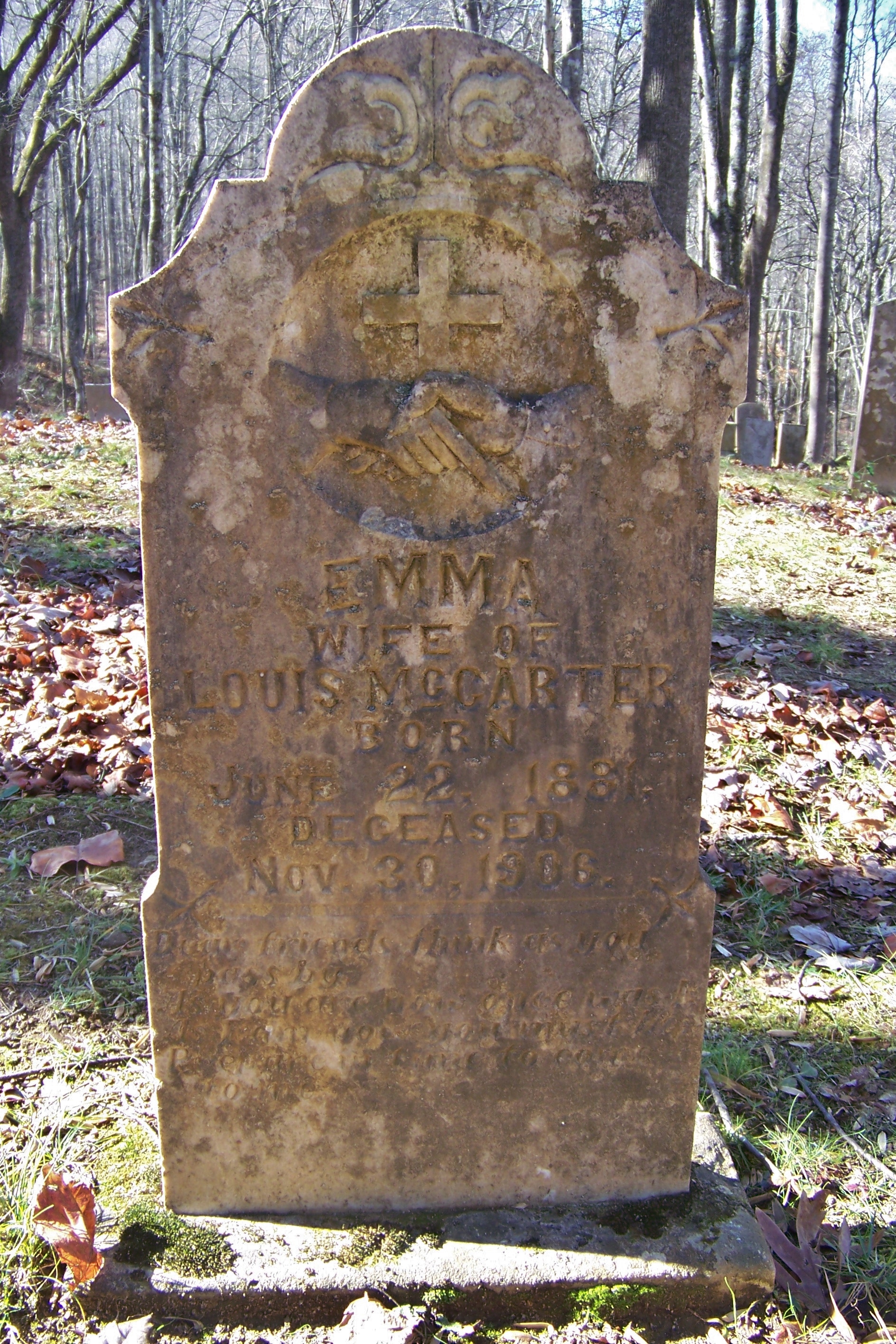

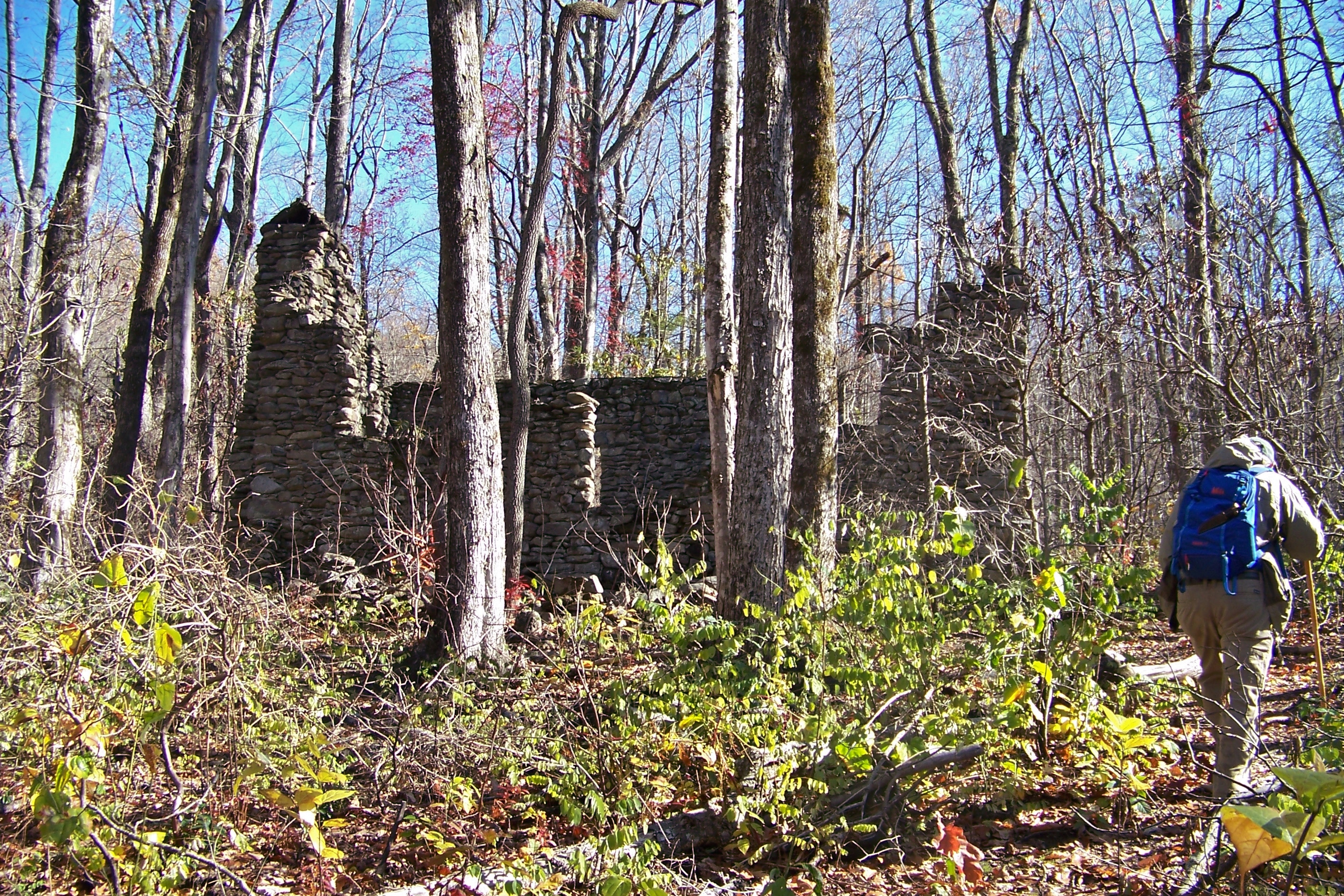







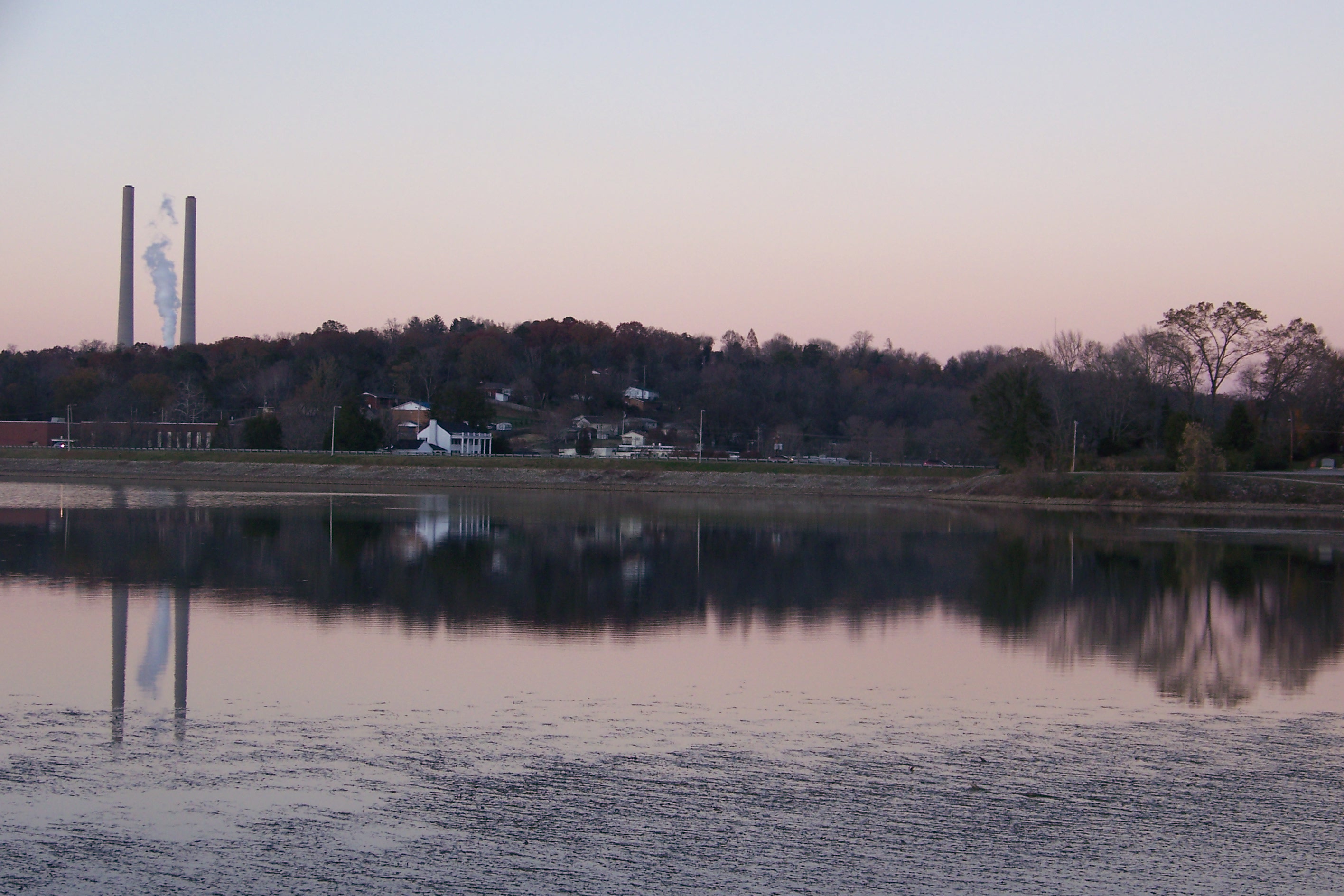
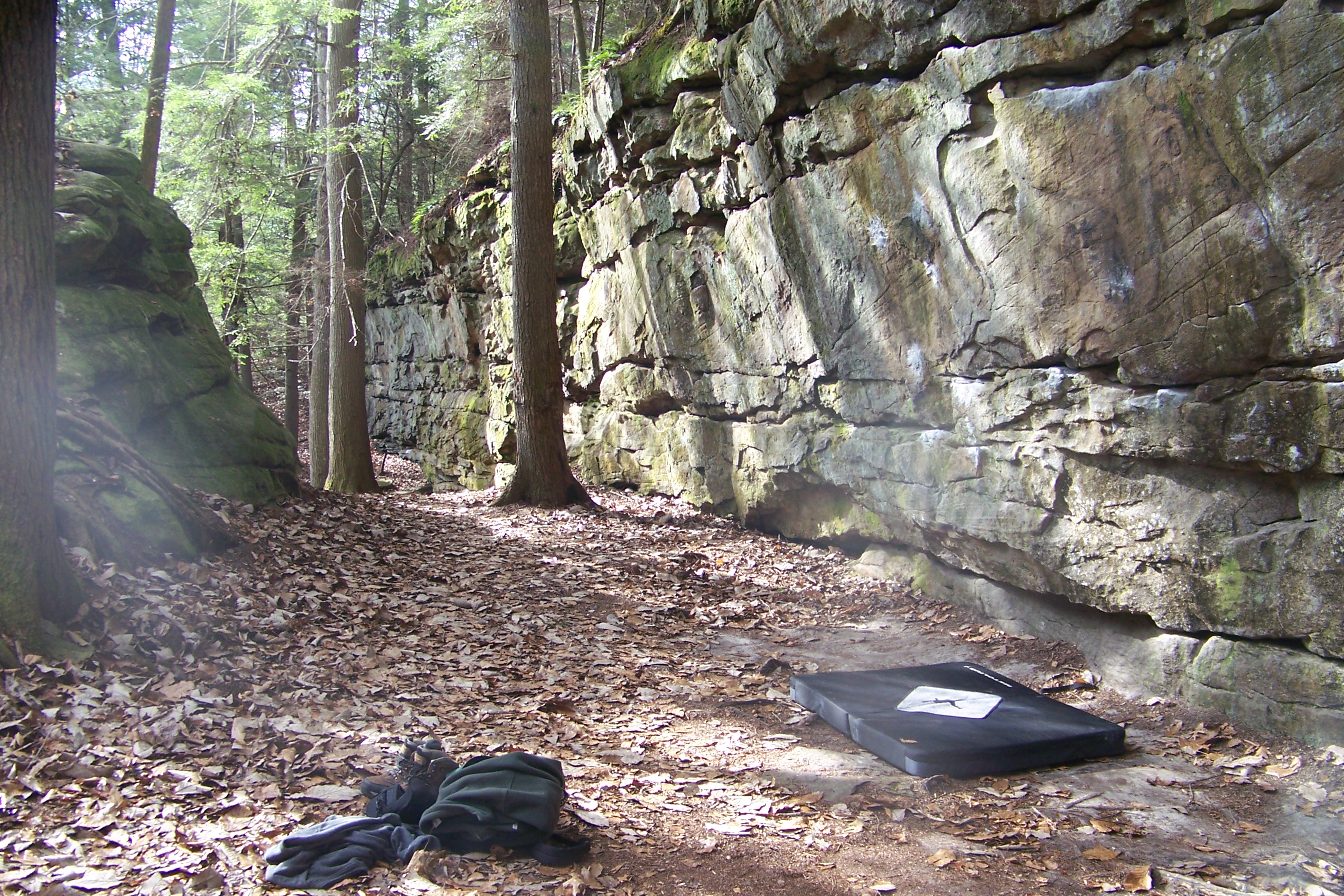

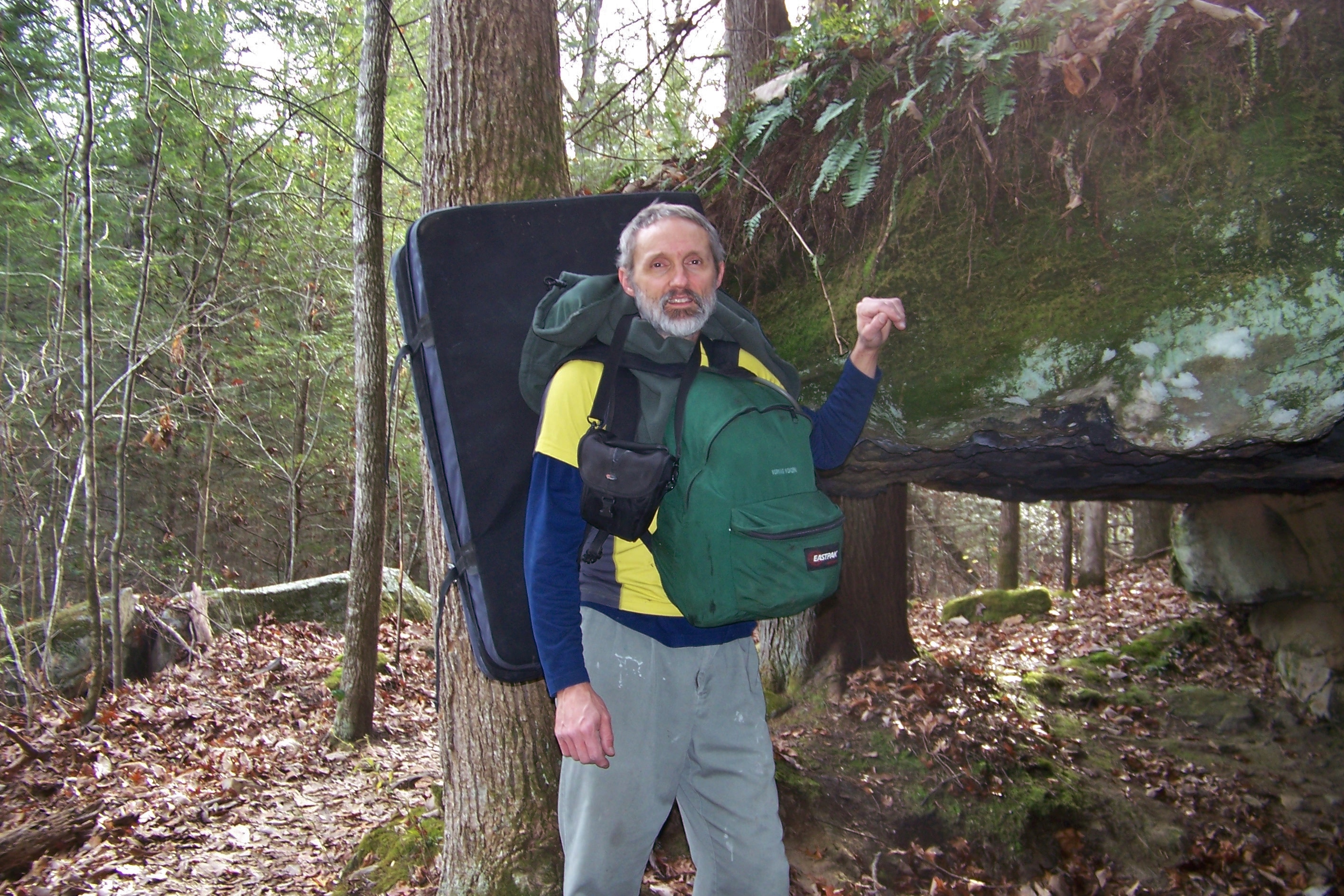












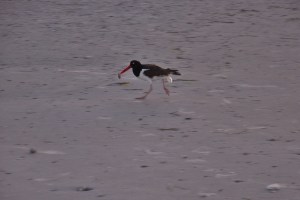
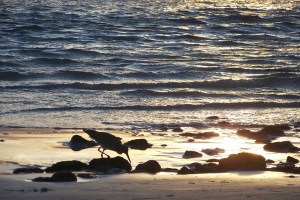







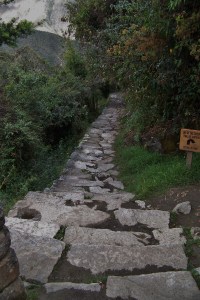











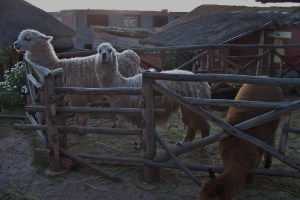







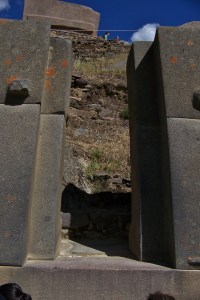

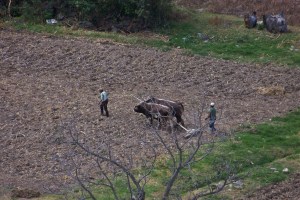
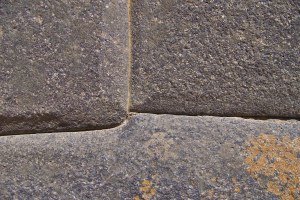









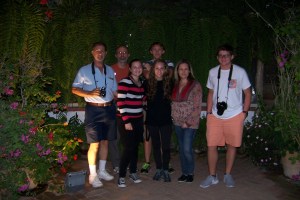



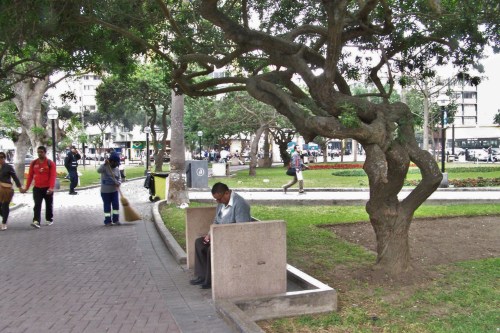





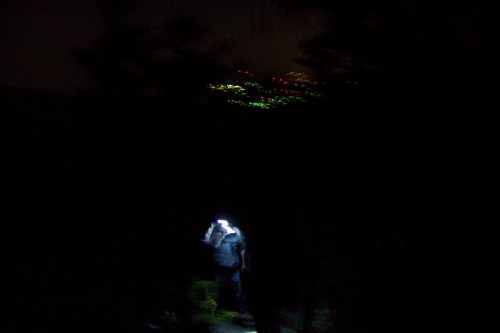



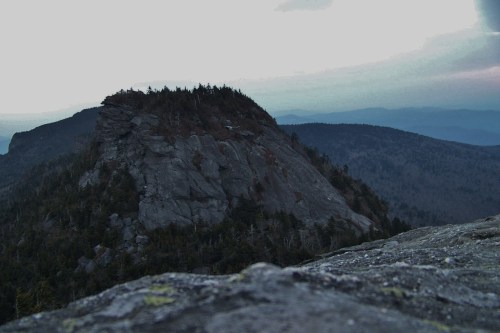
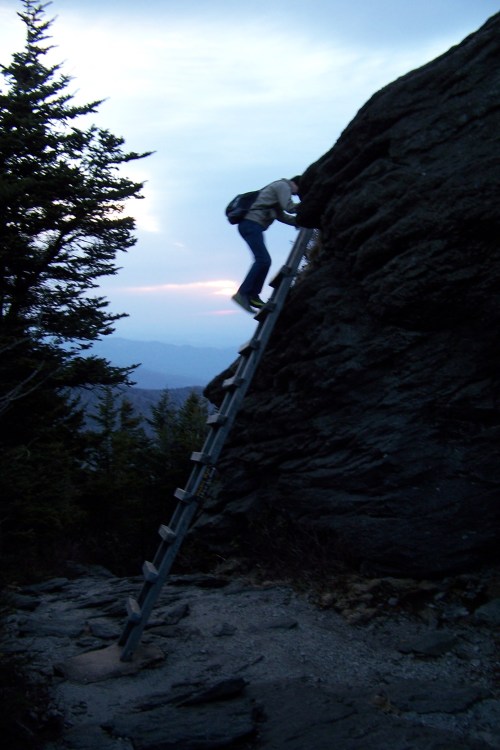



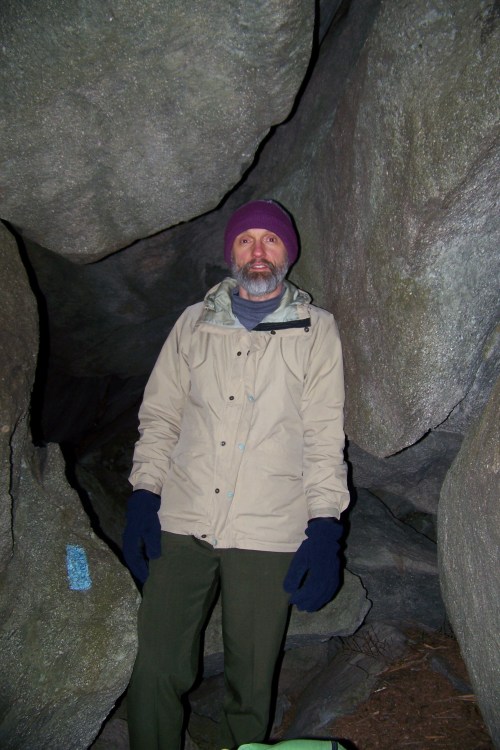
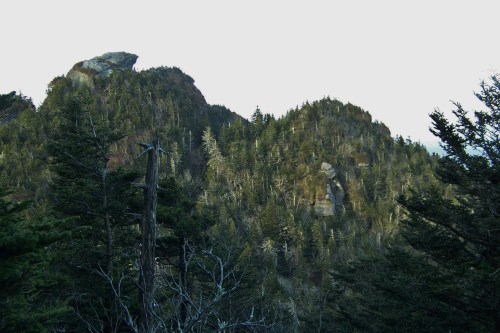






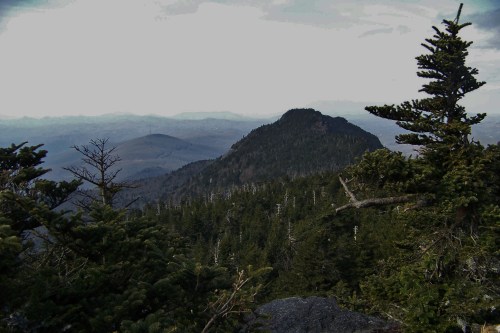

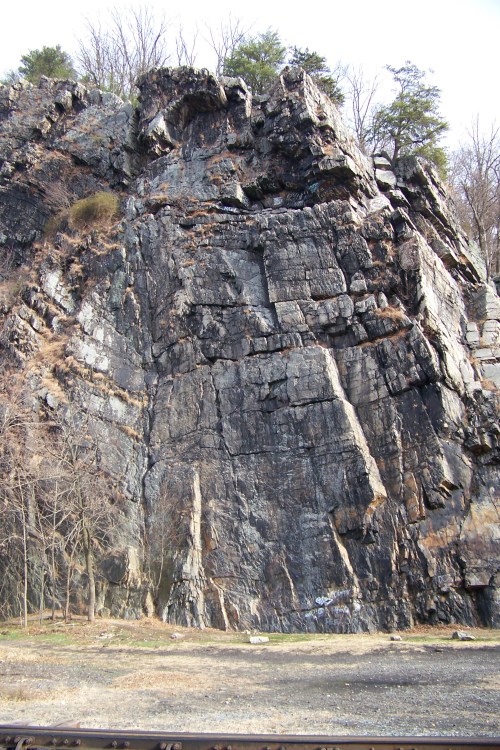


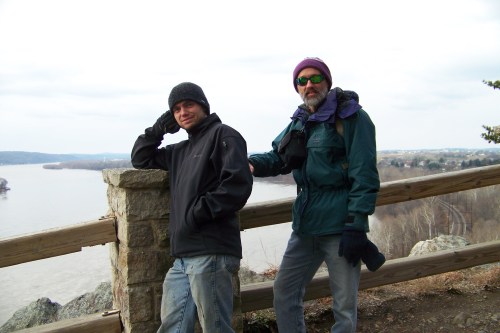




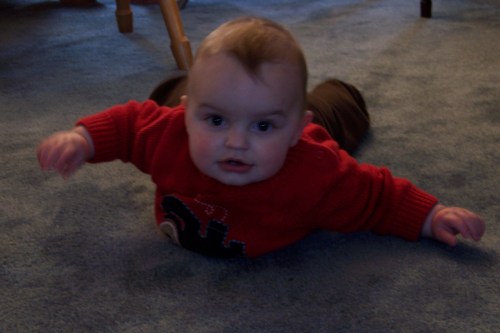

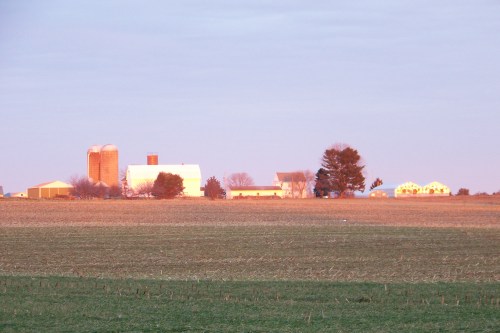



















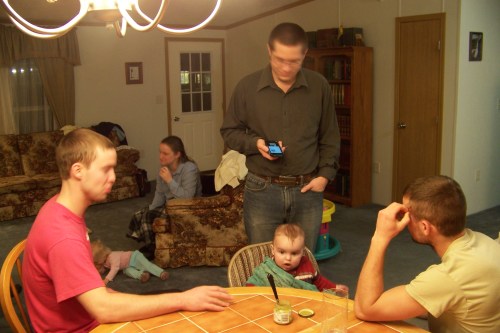





























Peru 5
Posted in Beauty, Cultural commentary, General, Photo, Travel, tagged Beauty, Cultural commentary, Photos, purpose in life, Travel on August 15, 2015| Leave a Comment »
Culture is an odd and interesting phenomenon. Though the word has now been co-opted to refer to interaction in a business office, the more traditional definition looks more like the http://www.merriam-webster.com first entry: “the beliefs, customs, arts, etc., of a particular society, group, place, or time”. Therein is the oddity and interest. That is a very broad definition trying to capture all that goes into a culture. You can mix and match the first three terms (and the “etc’s” for that matter) with any combination of the “particular” last four terms. Try for instances this combination that helps to explore a situation our tour explored in Peru: ‘art of a particular society in transition through time‘.
Pressing out the air bubbles
Glazed and painted and drying in the sun in readiness for the second firing
We toured the Seminario Ceramicas in Urubamba of the Sacred Valley of the Incas. The head potter, Pablo Seminario, along with his wife the head painter, Merilu Behar, developed a style of glazed and decorated pottery that has elements of ancient Peruvian cultures and modern stylistic exploration. The style was further developed by the isolation necessary for survival during the Shining Path insurgence of the 1980’s. One motif that the potter declared to me that he finds ever new is the shape of the arrowhead. As he said, “It was a tool for gathering food…is similar to the water drop or a leaf”. So Pablo continues to explore splashes of modern creativity mixed with hints of ancient continuity.
Moderno-paleo creations
I was temporarily separated from my tour group because I was taking some pictures in this gallery of creations of the artist. When I exited the room outdoors I didn’t see anyone. I assumed a whole group could not have gone far in a minute so I went to the nearest doorway. When I entered, there was Pablo wielding a small carving tool on a large arrowhead. Realizing I had entered his private studio, I began to back out but he waved me forward, not even slowing the pace of his work.
Pablo manifesting a new vision of the arrowhead
For the next 10-12 minutes we amicably discussed the creative process. He seemed to be quite interested in talking with me because I had brought students to tour Peru and because I talked intelligently about art and science. I asked several questions about how he begins a concept and carries it out. One question involved the arrowhead, “You obviously like to make arrowheads. Why did you start with it and why do you continue with it now?” He related the request from an art exhibit many years ago that he combine modern and ancient elements of design. This request caused him to reflect on the usefulness and ubiquitousness of the arrowhead shape he noticed in nature as quoted above. He continues to see new things in the shape and strives to continue to grow and so pursues more content in the arrowhead. This discussion led to me commenting on how one should be thankful to the Creator for instilling the gift of creativity. He retorted that it was far more work than creativity. I countered that the work is necessary but without merit if the person lacks the creative ability; each of us should work to develop the gift we have. The waste of potential that he sees as an artist and I see as a science teacher consumed some of our interaction. We also interacted over the similarities in science and art, how each involves elements of the other, and how both center around the abilities to think and work hard. It was one of those moments when we both knew that we had connected in a meaningful way even though before that moment we had been total strangers from different cultures pursuing different vocations and avocations, separated by different worldviews. Our connection was musing on life, its processes, and its meaning.
His life had been one sufficiently isolated from the insanity of the violent culture around him in order to survive and thrive, and yet not isolated from creative interaction, as his collaboration with his wife and 50 potters and painters in training attests.
Decorating the forms with Inca symbols
Main Gallery
I think that in this discussion and on this trip I discovered a more complete reason for why I like to travel. It extends my musing on life through observation of diversity in nature, culture, thinking, history, distance, science, people, God’s work in the world, and a host of other providential allowances given by a good Creator. We want to see beauty and substance and understand its meaning and purpose. But many are not willing to wade through the meaning of ugliness and triviality to reach the beauty and substance that does not lend to their preconceived ideas of what it should mean. I agree with Socrates, “The unexamined life is not worth living”. Don’t be afraid to examine yours and others and risk having to change what you hold dear for what is true and good and beautiful and full of substance.
Contrasts of Hues and Properties
Courtyard Beauty of Seminario
Read Full Post »